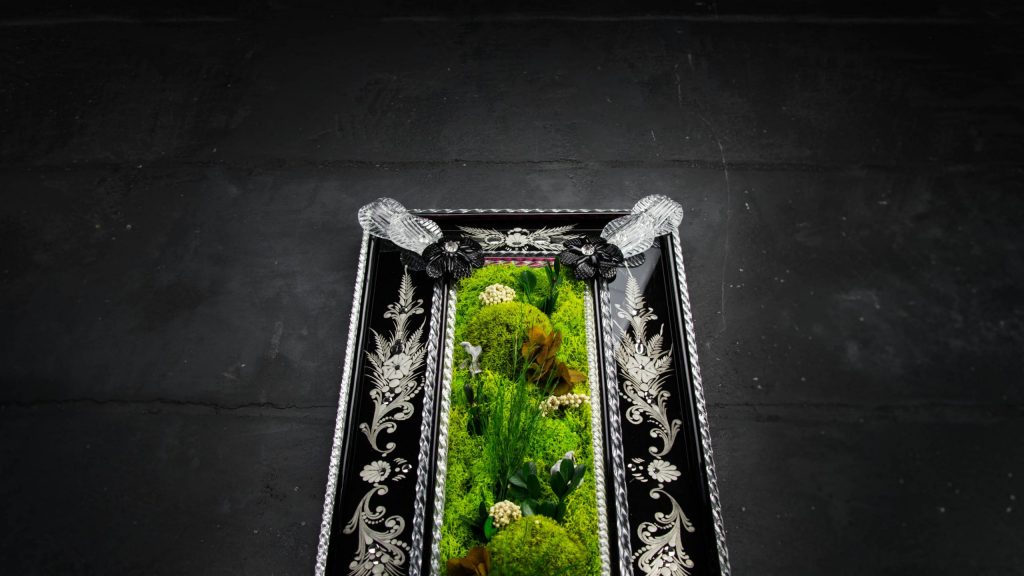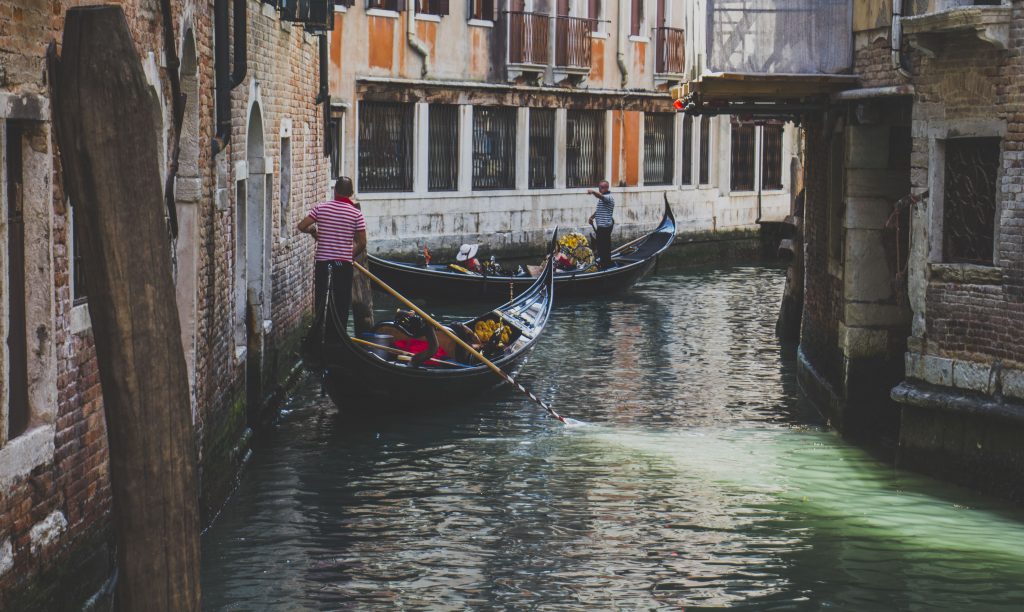The mosaics of San Marco in the furnishing accessories of VDA Borella
-
By
alberto_dev
Arianne is a really unique furnishing accessory: with its outlandish shape, it is suitable for enhance the most original and the chicest rooms. Arianne is a happy encounter between the traditional venetian glass art and floral art; it is an artistic creation that in its shape and decorations holds the essence of VDA Borella: the Riviera del Brenta, world excellence in the footwear industry, and Venice, of which Arianne celebrates one of its most famous symbols with its handcrafted decorations, the Saint Mark’s basilica.
Gold, multicoloured enamels, bright, lively and vibrant colours decorate the court shoe. Work of the skilled hands of our master decorators, the handcrafted decorations of this furnishing accessory are are freely inspired by the magnificence of the Byzantine mosaics that decorate the basilica of Saint Mark, the spiritual center of the city.
THE MOSAICS OF SAINT MARK
The Basilica of Saint Mark was built starting from the IX century, after the transfer of the Saint’s body from Alexandria to Venice. It was chosen to build it next to the Palazzo Ducale, seat of the government of the Republic, to replace the previous chapel of San Teodoro. The church suffered several fires before reaching its present form, which was begun in 1071, under the governement of Domenico Selvo. The new basilica with its Byzantine architectural conception has its focal point in its mosaic decorations.
The mosaics of Saint Mark, in warm colors, with a clear predominance of gold, almost entirely cover the basilica, for over 8000 square meters; with them, the most significant stories for the Christian religion are illustrated, such as the life of Christ, of the Virgin and of Saint Mark. These mosaics are a splendid example of the revisitation of Greek-Byzantine art by Venice but also testimony to the history and faith of the city.
Precious as Venetian glass art, the mosaic art of Saint Mark is still a source of wonder and admiration: in visiting the basilica it is impossible not to be amazed.
VENICE, THE ESSENCE OF OUR ART
Venice is, for VDA Borella, an infinite inspiration to forge and decorate all its creations. From the fantastic geometry of the bridges to the sumptuous facades of the buildings, up to the golden splendours of the mosaics of Saint Mark, every corner and glimpse of Venice is unforgettable. In the lagoon city, contemporaneity and tradition meet in the eternity of art. Thus, with a piece of furniture that is both tradition and modernity, VDA Borella wanted to honor one of the most important symbols of its city.







